Garden Dictionary, to cultivate the garden
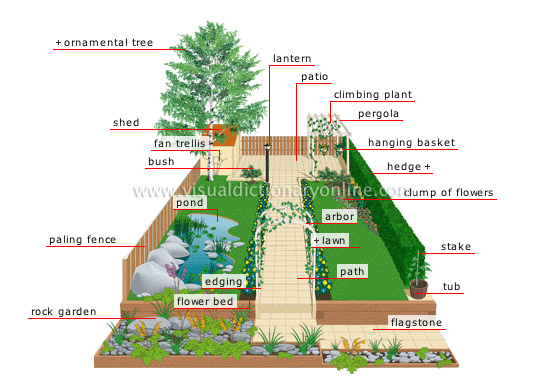
Very good to all Agrohuerters. I have realized that every week we deal with a lot of different topics: Planting, seedbeds, transplants, how to grow this or that… And in all these articles, gardening or technical terms may appear with which you may not be familiar… So I am going to give you a small definition of some terms, as a garden dictionary, so that you can use them without any fear of making mistakes.
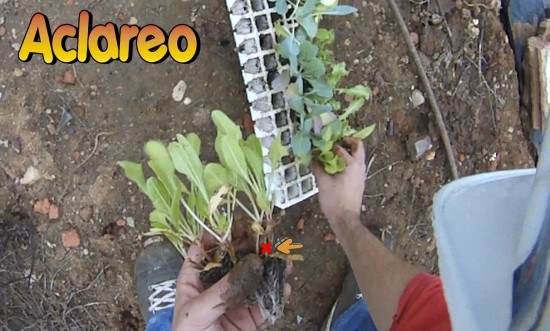
As a preliminary clarification, tell you that I have omitted many basic words that I suppose you all know (such as orchard, orchard, fertilizer, etc…) and that many definitions come from the RAE, others are their own free version. If you see fit to add any more, you can always leave a comment
GENERAL GARDEN DICTIONARY
THINNING: Suppress or eliminate different shoots of a plant with the aim of leaving a single one that has more space to develop. This operation is performed when several shoots have grown together and in the future they will get in the way. Of course, always remove the worst-looking outbreak. (This technique is also known as THINNING).
LAYING: Vegetative multiplication technique that consists of putting the stem or bent stem of a plant under the ground without separating it from the trunk or main stem, leaving out the extremity or bud of the former so that the buried part can take root and form another new plant..
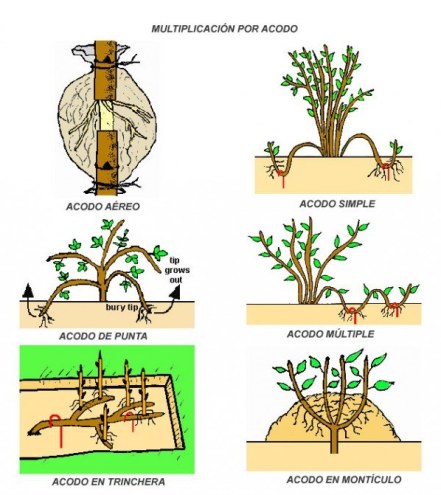
THREADING: Threading occurs when the seeds do not receive adequate sunlight and have to develop longitudinally in an exaggerated way to capture it, so the stems lose vigor and end up falling due to the weight of the leaves. It is recommended to transplant the best looking seeds to a new container or directly discard the threaded seedling.
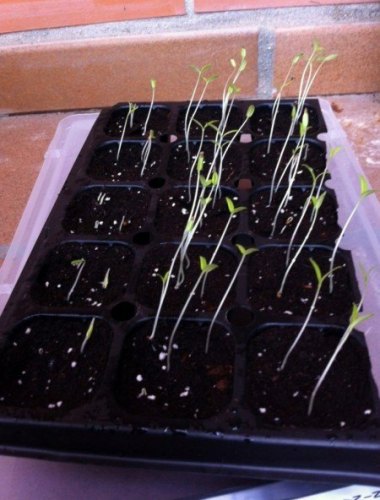
APOCAR: Piling up soil around the trunk or stem of a plant to support it. Cover certain species (celery, thistle, escarole…) with soil to prevent them from receiving too much solar radiation and to make them more tender and white (this is also known as BLEACHING).
HOT BED: Seedbed in which the temperature is increased to help seed germination. This can be achieved by fermenting organic species or by running a heating cable through the inside of the container.
PHENOLOGICAL CYCLE: The different states a species goes through (germination, flowering, etc…) depending on how different climatological variables affect it.
COVER: Cover fertilizer. Fertilize a crop already established on the ground.
COMPOST: Organic fertilizer obtained through hot biochemical decomposition of plant residues.
BEDDING: Crop that bends in one direction (losing its verticality) due to the weight of its structures, the absence of trellising or the lack of nutrients in the substrate.
AMEND: Apply corrective substances to improve the physical, chemical (lime) and biological (organic amendments) conditions of a soil.
TUTORED: Guide the growth of the plants (keep them straight by tying them or give them a support to hold on to) through the implantation of tutors.
WEEDING: To remove weeds that compete with the crop.
CUTTING: Vegetative propagation technique that consists of cutting one of its stems from a main plant so that when it is pricked into the ground it produces roots and, in the long run, a clone of the original plant.
ESTOLON: Lateral shoot (creeping or superficial) that is born from the base of the stems and when rooting generates new individuals. We see a clear example in strawberries.
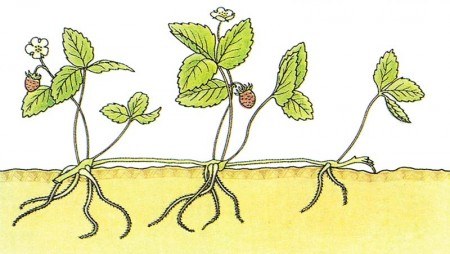
FERTIGATION: Add fertilizers to the irrigation water so that the plant absorbs them through the roots.
PHOTOPERIOD: Amount of sunlight (hours of light) that a species requires to develop. At each moment of the plant’s phenological cycle, the photoperiod is different.
PLANTATION FRAMEWORK: The physical space that the crop will occupy.
MULCHING: Cover or cover the productive surface with organic or inorganic materials to achieve different objectives.
PEAK: Transfer a germinated seedling (with two or three true leaves) to a higher space without becoming the place for its final maturation. It is an intermediate step between germination in the seedbed and the final transplant.
SOWING IN A STREAM: Drop the seeds (mixed with sand or soil) continuously in a furrow.
BLOW SOWING: Drop two or three seeds into each hole in the furrow at regular intervals.
BROADCAST SOWING: Drop the seeds (mixed with sand or soil) randomly on a field. Without following a continuous line as in the case of sowing by trickle.
DIRECT SOWING: When the seed is established in the place where the plant will remain permanently. (Also known as seat planting).
INTEGUMENT: Shell that protects the seed.
TREBOLILLO: Planting technique that consists of forming equilateral triangles with side “X” between 3 plants.
VERNALIZATION: Minimum number of hours of cold that certain species require for them to germinate correctly or to open their flowers.
These are just a few examples, I invite you to add the ones you think are appropriate or ask us the ones you do not know.
All the best !

![Photo of Orange Tree Diseases: [Characteristics, Types, Detection and Treatment]](https://www.complete-gardening.com/wp-content/uploads/2021/06/51qtDPtMyML-390x220.jpg)
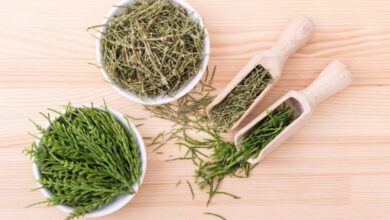
![Photo of Cai xin: [Cultivation, Irrigation, Care, Pests and Diseases]](https://www.complete-gardening.com/wp-content/uploads/2022/08/cai-xin-cultivation-irrigation-care-pests-and-diseases-390x220.jpg)
![Photo of Reproduction by Cuttings: What is it? How does it work? [Guide]](https://www.complete-gardening.com/wp-content/uploads/2022/08/reproduction-by-cuttings-what-is-it-how-does-it-work-guide-390x220.png)